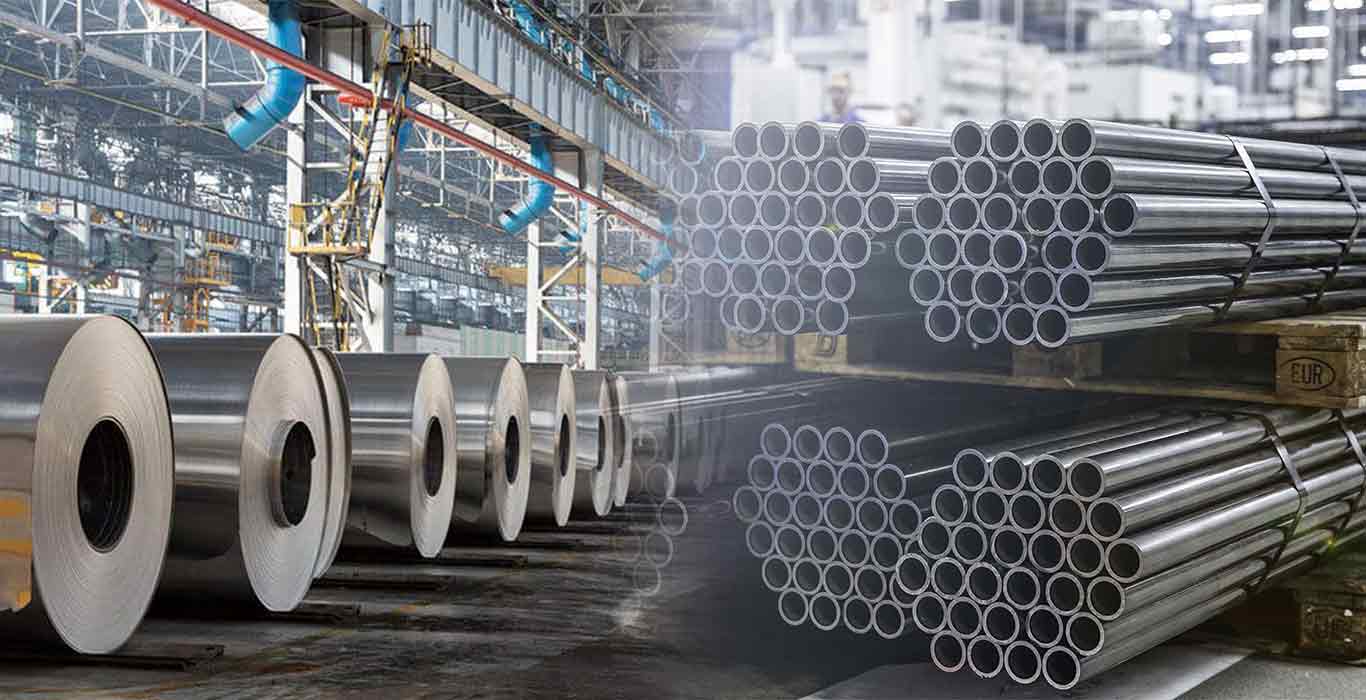Green Steel: Europe's Ambitious Journey of Small Steps and Giant Leaps
- 03-Jul-2023 4:06 PM
- Journalist: Sasha Fernandes
Europe: Steel is an indispensable component of modern society and is used in the construction of various products, including buildings and bicycles. However, its production leads to significant CO2 emissions that account for about 5% of the EU’s Carbon footprint and 7% globally. Although we cannot do without Steel, can reduce its environmental impact by taking both large and small steps towards achieving green Steel production. While big changes such as transitioning from gas to electric lighting require substantial investments and infrastructure, small improvements like optimizing combustion efficiency can have a considerable impact on reducing emissions. For instance, mixing the right amount of Oxygen with natural gas can result in a clean-burning blue flame instead of an unregulated burner's sooty yellow flame. With consistent and deliberate progress, we can conquer the challenge of greener Steel production if we focus our steps in the right direction.
The Green Deal initiative in Europe has spurred industries to take a closer look at their processes and supply chains to identify the sources of their CO2 emissions and figure out ways to minimize their overall Carbon footprint. To this end, technology has become an important tool for businesses to collect data not only from their own operations but also from their entire supply chain. Having access to such data is critical for companies seeking to make progress towards their sustainability objectives.
In the Steel industry, the emphasis is on adopting energy-efficient production methods that utilize Carbon-light technologies like hydrogen-powered direct reduced iron production (DRI) instead of coal-fired blast furnaces (BF). Presently, approximately 60% of Europe's Steel production is based on BF iron production from iron ore, which emits around 1.9 tonnes of CO2 per tonne of Steel produced. Conversely, natural gas fired DRI (which employs recycled scrap material as feedstock) accounts for the remaining 40% of Europe's Steel production and produces just 0.4-1.4 tonnes of CO2 per tonne of Steel. While this more circular process utilizing recycled material is eco-friendly, the resulting metal is considered inferior and suitable only for certain applications.
To achieve a greener Steel production process, natural gas in DRI plants must be replaced with hydrogen, but not just any hydrogen- it must be "green" hydrogen. Presently, most of the hydrogen is produced using natural gas in a process referred to as "grey" hydrogen. To make DRI plants sustainable, green hydrogen produced via electrolysis with water and renewable energy sources such as wind and solar must be utilized.
Europe's upcoming Steel production focus is precisely on this approach. By utilizing DRI production circuits and green hydrogen, its aim is to close the gap of approximately 1.3 tons of CO2 per ton of Steel that arises from BF use. This major shift is set to require over €180 billion of investment in Steel plants, hydrogen electrolysers, and additional renewable energy sources.
Raising this significant amount of capital is daunting, especially in a high-risk environment. Achieving this requires a complex combination of government support, regulatory enforcement, and commercial innovation. Although the groundwork has been laid, it may take several years to fully achieve this transition.
The localization of feedstock could significantly decrease the European Steel production Carbon footprint. Currently, China produces much of the world's Steel, resulting in a lengthy and fuel-intensive process of transporting iron ore to its processing destination. A round trip Capesize vessel voyage carrying iron ore from Brazil to China requires roughly 90 days and burns almost 3,500 MT of fuel oil, producing approximately 10.5 thousand tons of CO2 for the voyage and 0.11 tons of CO2 per metal ton from the ore.
A meaningful step towards reducing emissions is being taken by Aethel Mining through the supply of iron ore from Europe's core. This supply can lead to a reduction of 0.11 tons of CO2 emissions per metal ton utilized in European Steel production. Though this is only a fraction of the CO2 emissions targeted by new industrial infrastructure and energy, it can be achieved immediately and without the need for €180 billion investment. The proximity of the source saves on transportation cost and ensures a reliable supply chain. By gathering and connecting available information, technology can help us make incremental improvements in basic things such as fire or supplier selection, much like what Faraday and Bunsen did in the 1800s. We can take smaller immediate steps towards sustainability while working on bigger leaps over the decades, thanks to our ability to cast the informational net wider and deeper and move faster.



